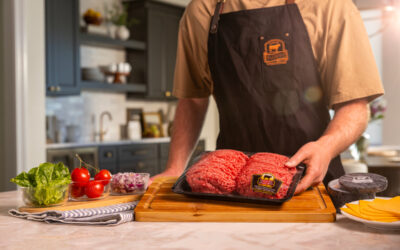Reluctant trade

Here’s your Meat Market Minute for this week:
Live cattle trade had not occurred by the time most weekly publications went to press, so you could say it was running late. Packer bids were collected at $118 while feeders were asking $123; analysts expected some trade to occur at or below the last weeks’ values ($121). Federally inspected harvest was reported at 653,000, much larger than expected given that packers had a significant amount of inventory.
Cutout values were down across all grades, and the spreads narrowed significantly for both CAB/CH (down $1.60/cwt.) and CH/SE (down $3.10). Buyers remain conservative in their purchasing because of downside risk in the market and lackluster demand at the retail case.
CAB production, as measured by acceptance for the first week of January, jumped back above 20% from 19% the week prior when that number had shown its only setback in December. The share of cattle that are Angus type continues to show relative strength especially considering that steers represented more than 64% of the fed-cattle harvest.
Until we meat again,
-David
You may also like
Success, Despite Challenges
Today’s market is complex and competitive. The collective effort of stakeholders across the supply chain positions Certified Angus Beef to meet the record demand for premium beef moving forward. Signals across the beef industry are clear and Angus farmers and ranchers seeking high-quality genetics that deliver premium beef are producing a product in high demand.
Keep the Supply Coming
A record-high 800 registrants from 17 countries gathered in Austin, Texas, to learn more about CAB, become inspired by the culinary work of chefs and pitmasters, and celebrate sales and production success. But at the forefront: supply and demand, a reflection of the chaotic past year, and preparing for what’s ahead.
Consumer Demand, Power of Quality
Demand for high-quality beef persists. But with that demand comes challenges. From tight cattle supplies to higher costs and increasing pressure on retailers to deliver a consistent eating experience, the pressure is on. David O’Diam, CAB VP of retail, addressed the current retail beef environment, highlighting both opportunities and challenges in today’s marketplace.



